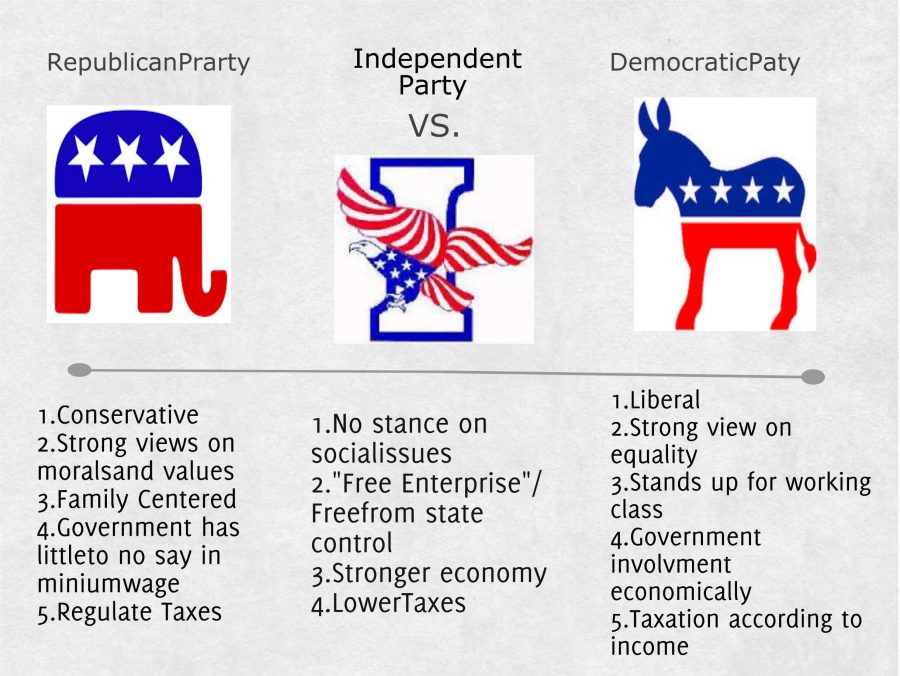

Modern day examples of republics include Ireland, South Korea, Russia, Israel, Iraq, Romania, France, Panama, Albania, Italy, the Philippines, Taiwan, and many, many more.Overview In 2021, Democratic Republic of the Congo was the number 83 economy in the world in terms of GDP (current US$), the number 78 in total exports, the number 112 in total imports, the number 176 economy in terms of GDP per capita (current US$) and the number 128 most complex economy according to the Economic Complexity Index (ECI). Democracies are instead ruled by elected representatives instead of being simply overseen by them, and the majority is able to out-rule the minority and impose its will on them (so in essence, the United States of America is actually more of a cross between an actual democracy and a republic). With a democracy, things tend to get a little more complicated. With this form of government, the majority cannot impose its will on the minority because they must instead adhere to specific written laws and observe the minority’s inalienable rights. For example, a republic is overseen by elected representatives of the people, but it is ultimately governed by its written law (constitution or charter of rights). Put in the simplest of terms, the key difference between a republic and democracy is that one is ruled by law whereas the other is ruled by the majority. So that said, there are of course some notable differences between the two forms of government.

In fact, some of the Founding Fathers of the United States (Benjamin Franklin was a prime example) intended for the United States to become a republic rather than the representative democracy that it is today. There are actually a lot of similarities between a republic and a pure democracy, thanks to the power of elected officials. Difference Between a Republic & a Democracy However, the rights of the individuals living in these times and places were not nearly as extensive as their modern-day counterparts. For example, the city-states of Athens and Sparta were considered republics, as was the Roman Republic of 509 BC to 27 BC (this was established with the end of the Roman Kingdom and lasted until the Roman Empire formed). The actual concept of a republic was developed in the days of Ancient Greece and Ancient Rome. The concept of a republic is best described as an idea of government where citizens vote to elect representative leaders of their personal interests and political beliefs. Of course, it has experienced quite a few changes over time and has seen periods of both power and obscurity around the world. The form of government known as a “republic” had been around for thousands of years.


 0 kommentar(er)
0 kommentar(er)
